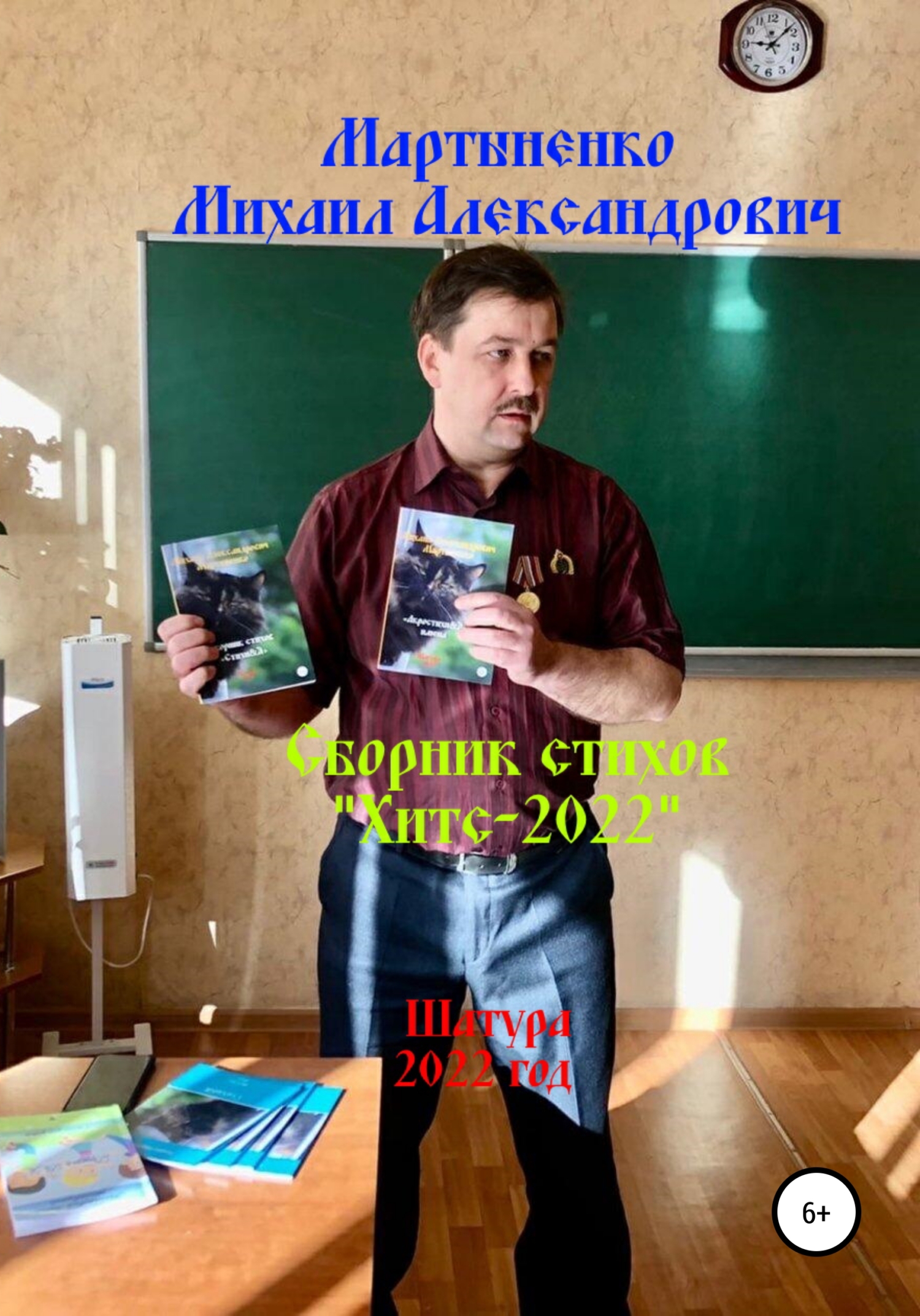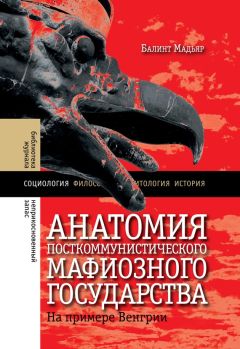термины «демобилизация» и «демобилизующие структуры», так как они непосредственно противопоставляются «мобилизации» и «мобилизующим структурам», в соответствии с Таблицей 4.5.
Minzarari D. Disarming Public Protests in Russia: Transforming Public Goods into Private Goods // Stubborn Structures. P. 385–411.
Ibid. P. 397–399.
Dagaev D., Lamberova N., Sobolev A., Sonin K. Technological Foundations of Political Instability // SSRN Scholarly Paper. Rochester: Social Science Research Network, 2013. URL: https://papers.ssrn.com/abstract=2444785.
Stekelenburg J. van, Klandermans B. The Social Psychology of Protest // Current Sociology. 2013. Vol. 61. № 5–6. P. 886–905.
Ibid. P. 888.
См. статью 20 «Всеобщей декларации прав человека».
Rotenberg R. May Day Parades in Prague and Vienna: A Comparison of Socialist Ritual // Anthropological Quarterly. 1983. Vol. 56. № 2. P. 62–68.
Tilly C. From Mobilization to Revolution. Reading: Addison-Wesley, 1978. P. 100. См. также: Granovetter M. Threshold Models of Collective Behavior // American Journal of Sociology. 1978. Vol. 83. № 6. P. 1420–1443.
Brems E. Conflicts Between Fundamental Rights. Antwerp: Intersentia, 2008.
Russia: Draconian Penalties for Peaceful Protests // Human Rights House Foundation. 10.06.2012. URL: https://humanrightshouse.org/articles/russia-draconian-penalties-for-peaceful-protests/; Closing Statements of Activists Márton Gulyás and Gergő Varga // Hungarian Spectrum. 15.04.2017. URL: https://hungarianspectrum.org/2017/04/15/closing-statements-of-activists-marton-gulyas-and-gergo-varga/.
Davenport C. State Repression and Political Order // Annual Review of Political Science. 2007. Vol. 10. № 1. P. 1–23.
Earl J. Tanks, Tear Gas, and Taxes: Toward a Theory of Movement Repression // Sociological Theory. 2003. Vol. 21.№ 1. P. 44–68.
Smet S. Resolving Conflicts between Human Rights: The Judge’ s Dilemma. New York: Routledge, 2016.
Popova M. Putin-Style «Rule of Law» & the Prospects for Change // Dædalus – Journal of the American Academy of Arts & Sciences. 2017. Vol. 146. № 2. P. 65.
Russia’ s Putin Signs Anti-Protest Law before Rally // Reuters. 08.06.2012. URL: https://www.reuters.com/article/us-russia-protests-idUSBRE8570ZH20120608; Demirjian K. Meanwhile in Russia, Putin Passes Law against Protests // Washington Post. 22.07. 2014. URL: https://www.washingtonpost.com/news/worldviews/wp/2014/07/22/meanwhile-in-russia-putin-passes-law-against-protests/.
Balogh E. Hungary’ s New Law Restricting Freedom of Assembly // Hungarian Spectrum (blog). 02.10.2018. URL: http://hungarianspectrum.org/2018/10/02/hungarys-new-law-restricting-freedom-of-assembly/.
См. доклады Freedom House по странам: Freedom in the World 2018: Democracy in Crisis // Freedom House, 2018. URL: https://freedomhouse.org/report/freedom-world/freedom-world-2018.
Анализ существующих правовых норм в демократических странах см.: Peters A., Ley I., eds. The Freedom of Peaceful Assembly in Europe. Baden-Baden: Nomos, 2016.
См., например: Russian Lawmakers Back Law Jailing Anyone Urging Teenagers to Protest // Reuters. 18.12.2018. URL: https://www.reuters.com/article/us-russia-protests-law-idUSKBN1OH1FW.
Подробнее на эту тему см.: Peña A. M., Davies T. Responding to the Street: Government Responses to Mass Protests in Democracies // Mobilization: An International Quarterly. 2017. Vol. 22. № 2. P. 177–200.
Earl J. Political Repression. P. 264. Также см.: Oberschall A. Social Conflict and Social Movements. Englewood Cliffs: Prentice-Hall, 1973.
Minzarari D. Disarming Public Protests in Russia. P. 390–393.
Ibid. P. 399–401.
Ibid. P. 403.
Earl J. Tanks, Tear Gas, and Taxes. P. 49.
Ratliff T., Hall L. Practicing the Art of Dissent: Toward a Typology of Protest Activity in the United States // Humanity & Society. 2014. Vol. 38. № 3. P. 268–294.
Tucker J. Enough! Electoral Fraud, Collective Action Problems, and Post-Communist Colored Revolutions // Perspectives on Politics. 2007. Vol. 5. № 3. P. 535–551.
Gerlach J. Color Revolutions in Eurasia. London: Springer, 2014. P. 33.
Bunce V., Wolchik S. Defeating Authoritarian Leaders in Postcommunist Countries. P. 97.
Bunce V., Wolchik S. Defeating Authoritarian Leaders in Postcommunist Countries. Cambridge: Cambridge University Press, 2011. P. 219, 222, 272.
Это не универсальное правило, и некоторые режимы все равно прибегают к таким мерам, особенно если речь идет о консолидированных автократиях [♦ 4.4.3.1]. Например, в России во время протестных акций 2011–2012 годов, которые были направлены против легитимности и произошли сразу после выборов, основные репрессии и массовые аресты проводились во время майской акции протеста на Болотной площади. За этим событием (которое совпало с инаугурацией Путина) последовали целенаправленные репрессии против таких лидеров оппозиции, как А. Навальный и С. Удальцов. Мы благодарны Майклу С. Зеллеру за этот комментарий.
Lijphart A. Patterns of Democracy. P. 158.
Точные определения сопряженных терминов и сравнительный анализ функционирования неформальных патрональных сетей, а также того, как группы интересов оказывают давление, можно найти в следующей главе, в рамках более широкого контекста экономической теории [♦ 5.4.2.3].
Yavlinsky G. The Putin System: An Opposing View. New York: Columbia University Press, 2019. P. 103.
Csaba L. Válság – Gazdaság – Világ: Adalék Közép-Európa Három Évtizedes Gazdaságtörténetéhez (1988–2018) [Кризис – Экономика – Мир: Дополнения к тридцатилетней экономической истории Центральной Европы (1988–2018)]. Budapest: Éghajlat Könyvkiadó, 2018. P. 220.
Antonova M. Ex-IKEA Boss Bares Russia’ s «Chaotic Reality» // The Moscow Times. 25.03.2010. URL: http://old.themoscowtimes.com/business/article/ex-ikea-boss-bares-russias-chaotic-reality/402494.html. Также см.: Robinson N. Russian Patrimonial Capitalism and the International Financial Crisis // Journal of Communist Studies and Transition Politics.





